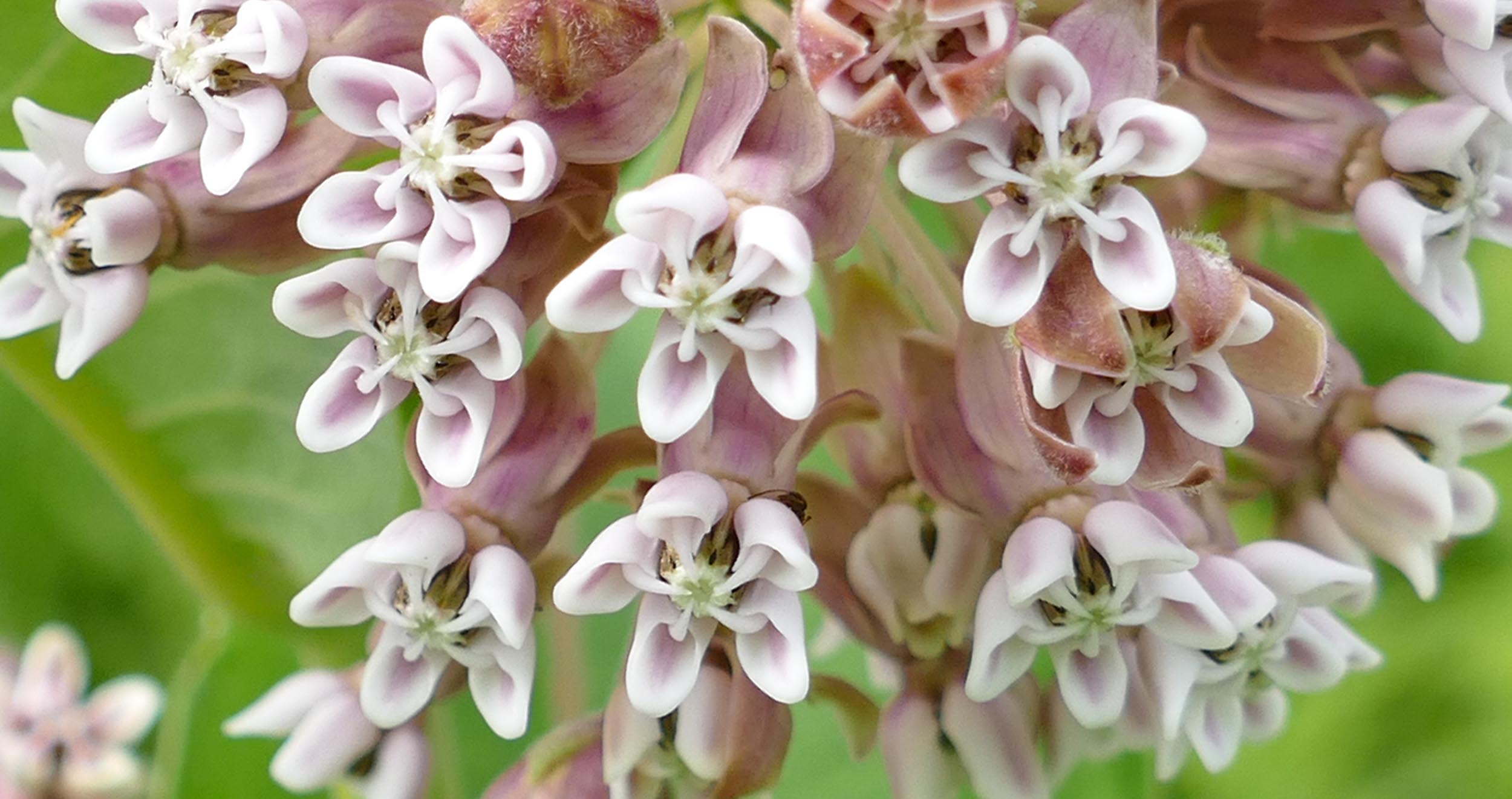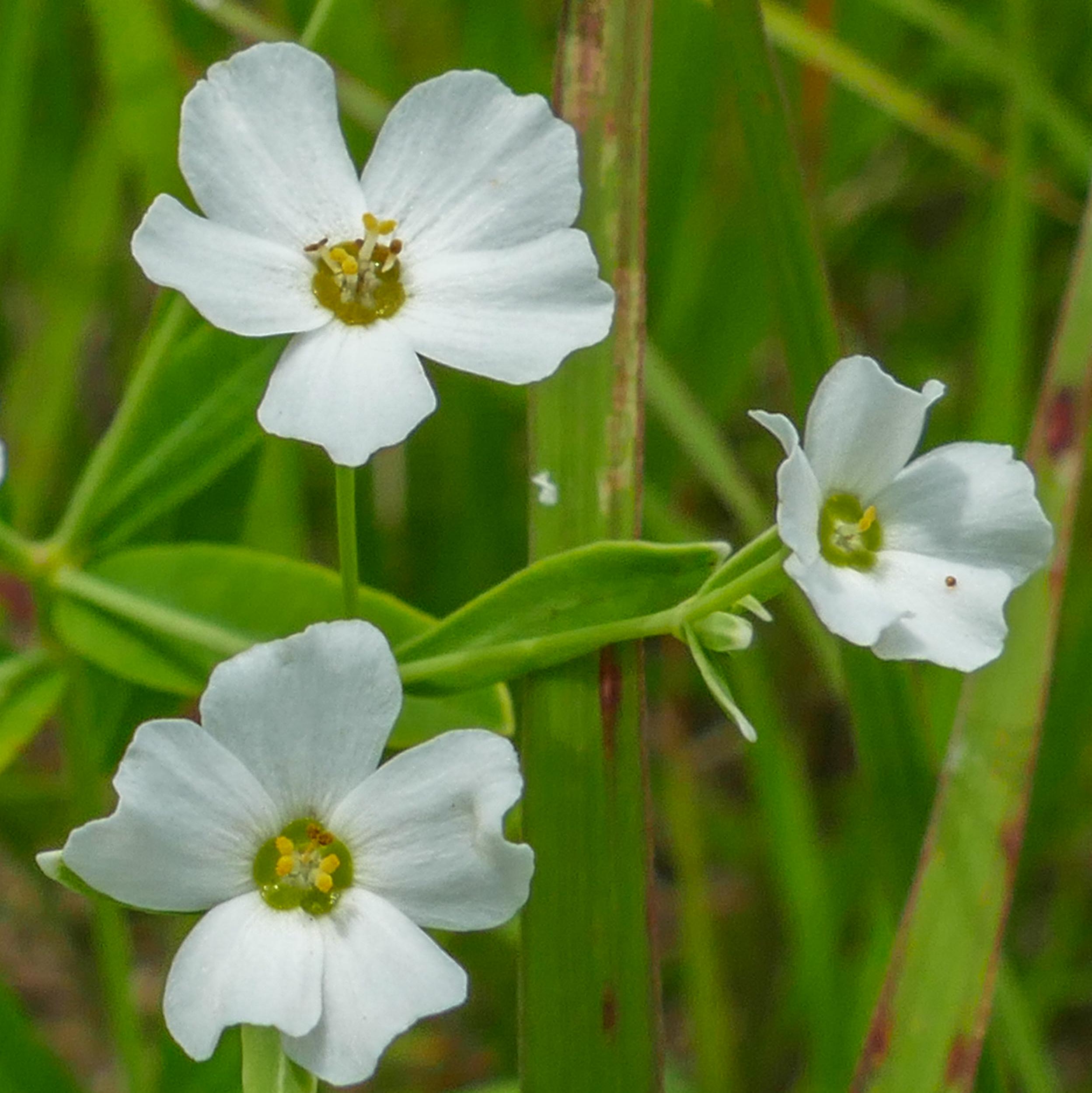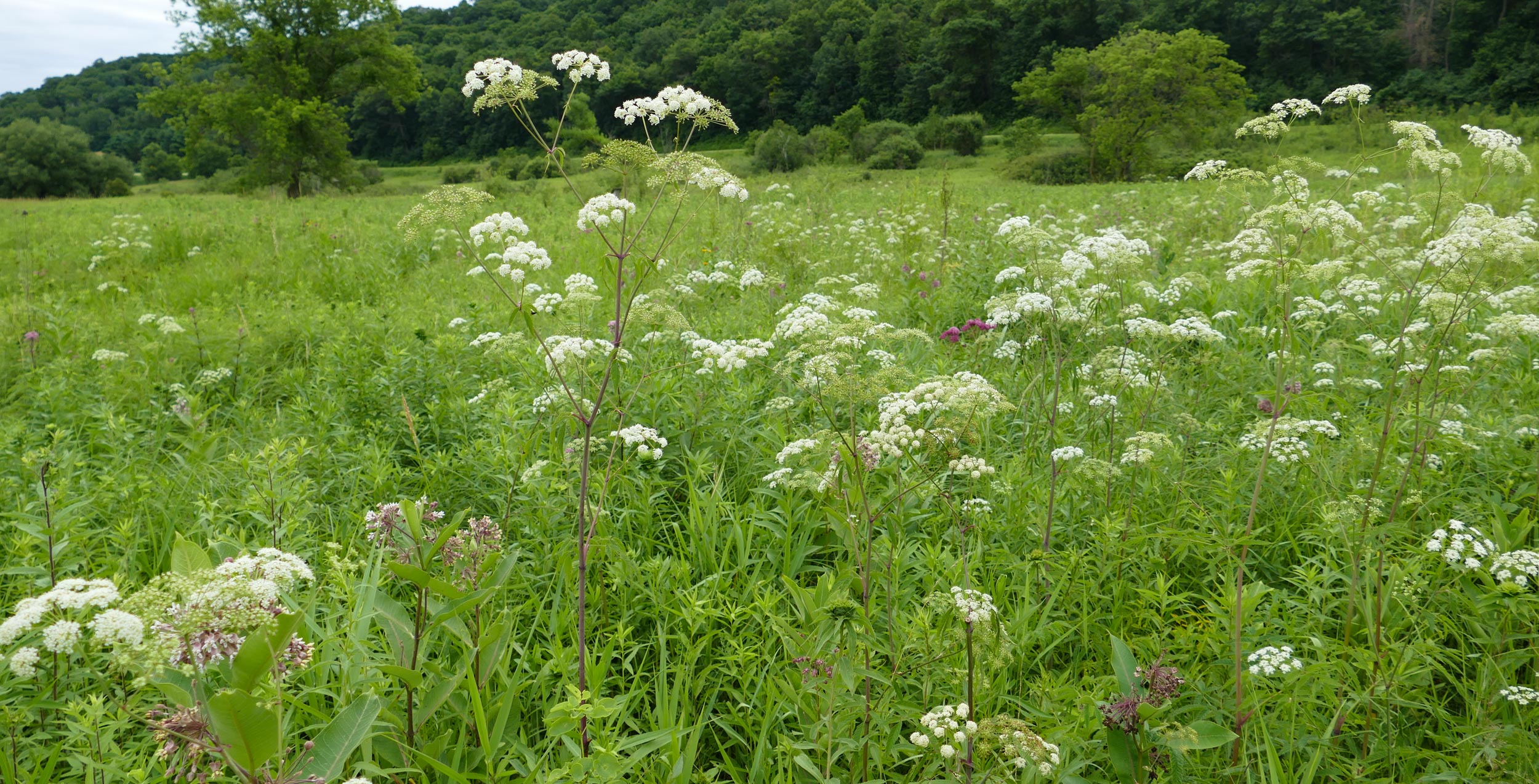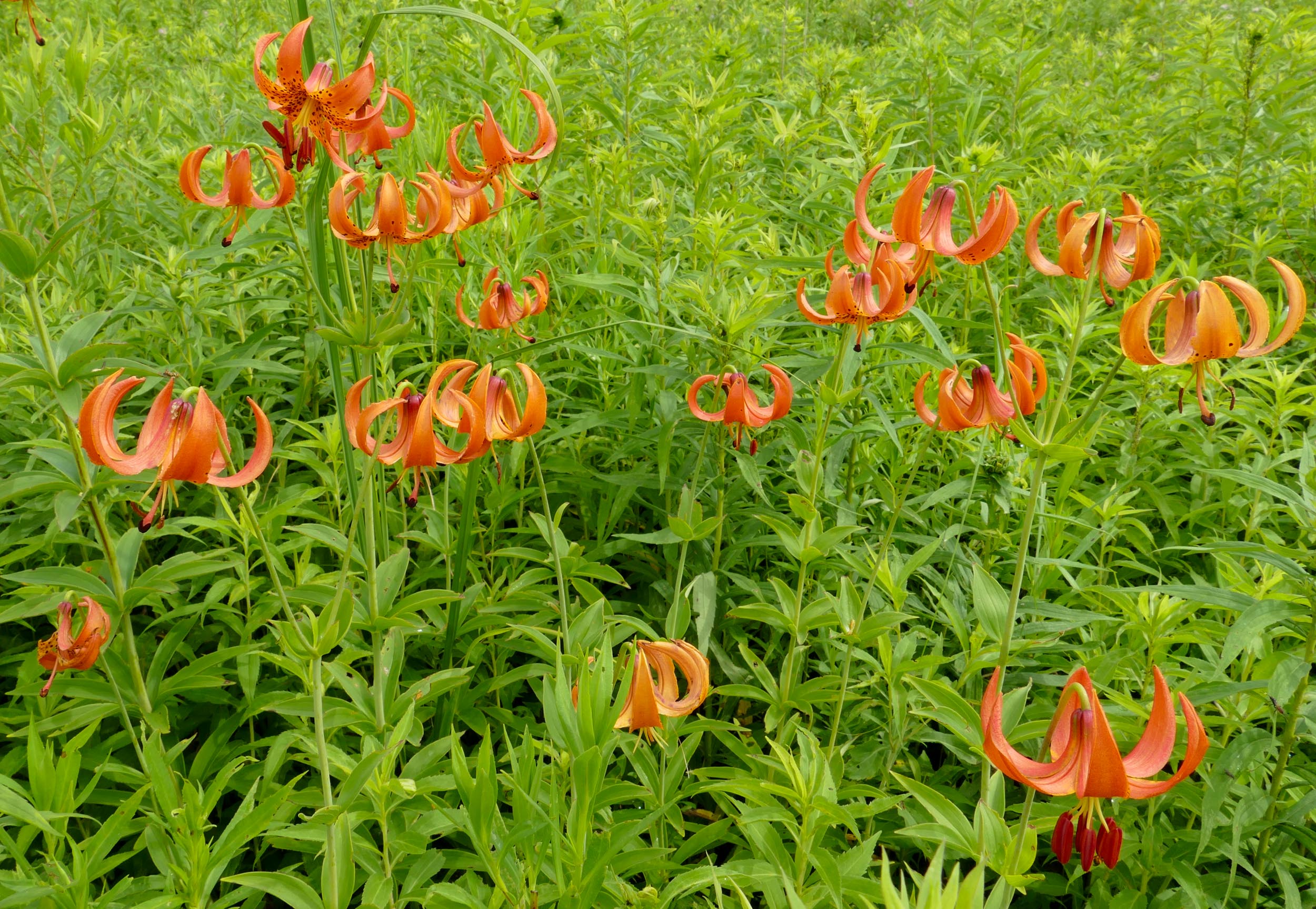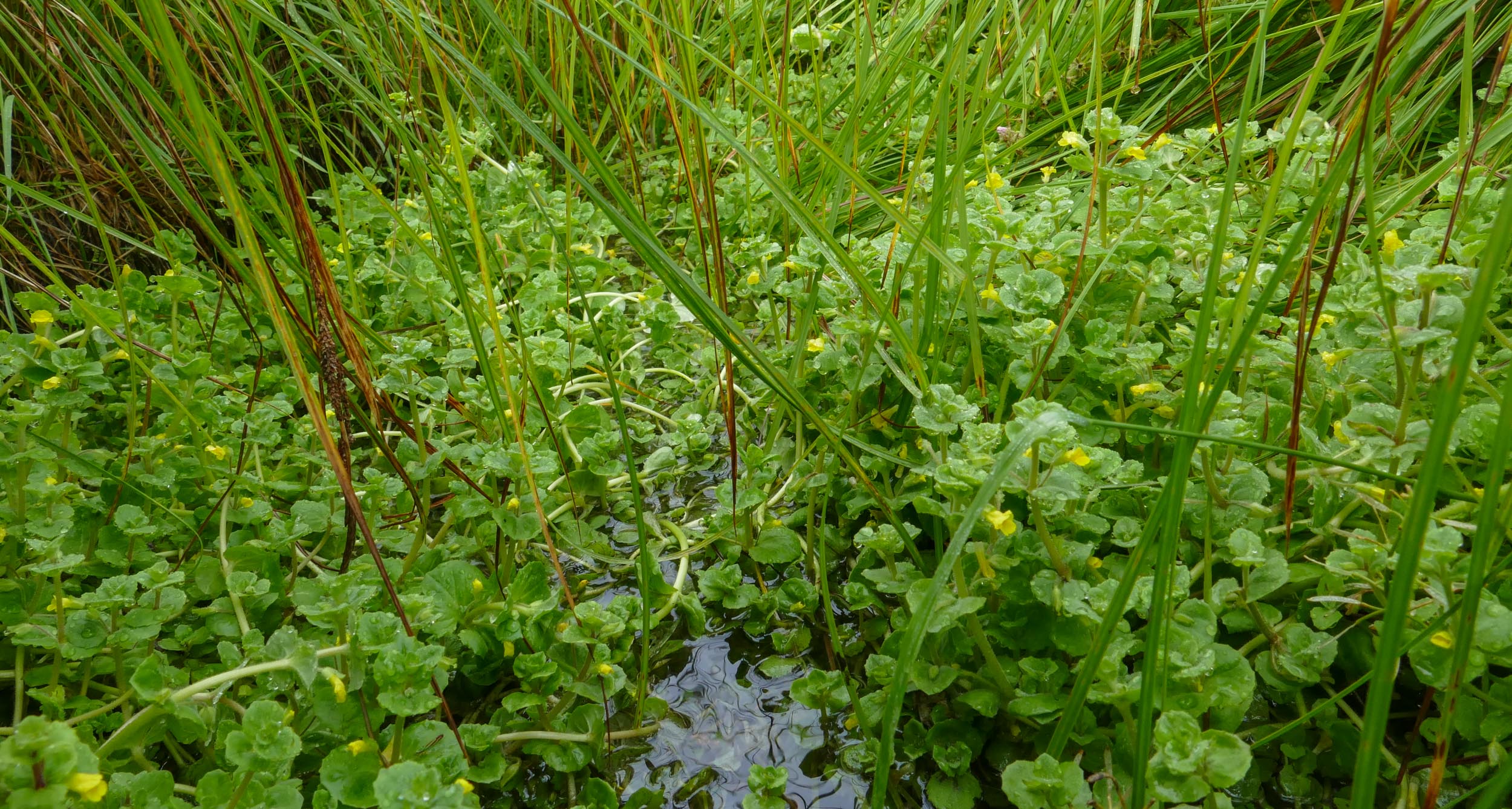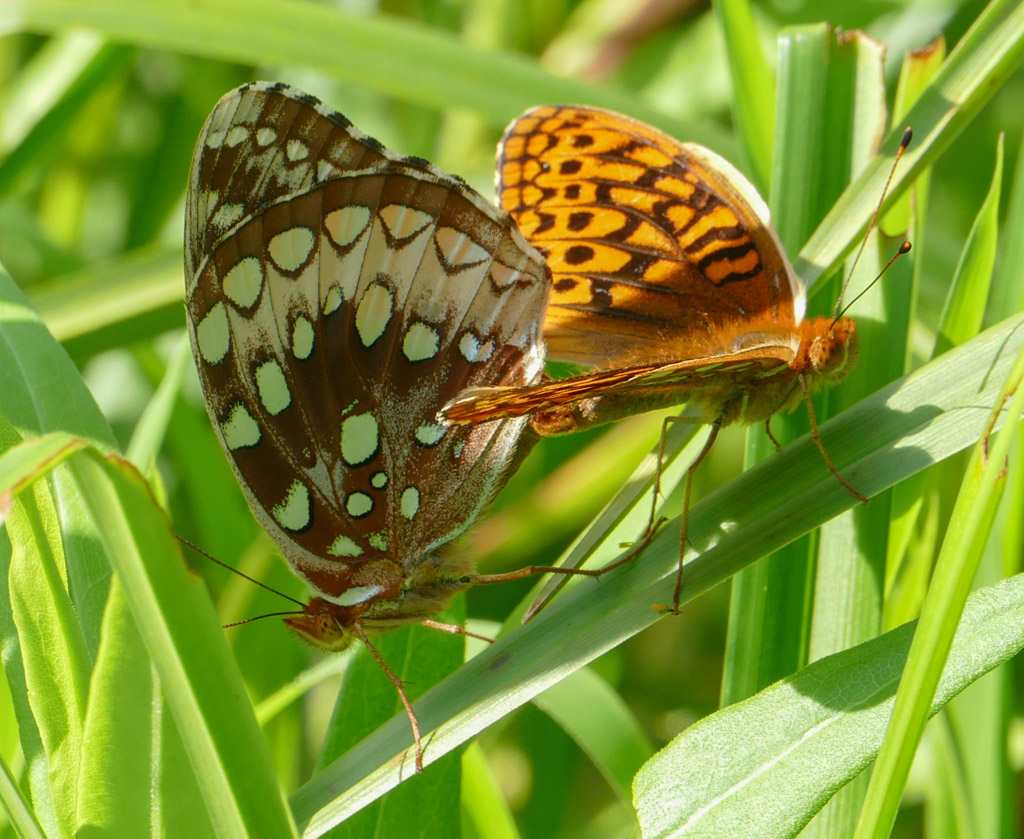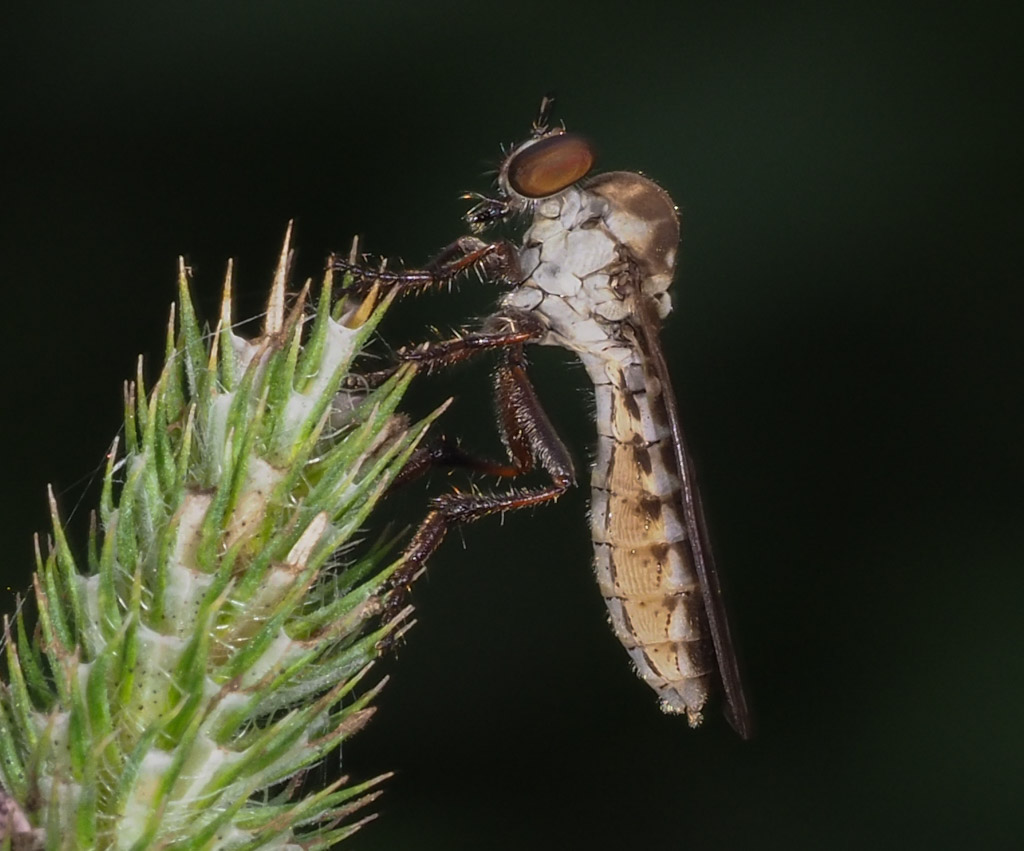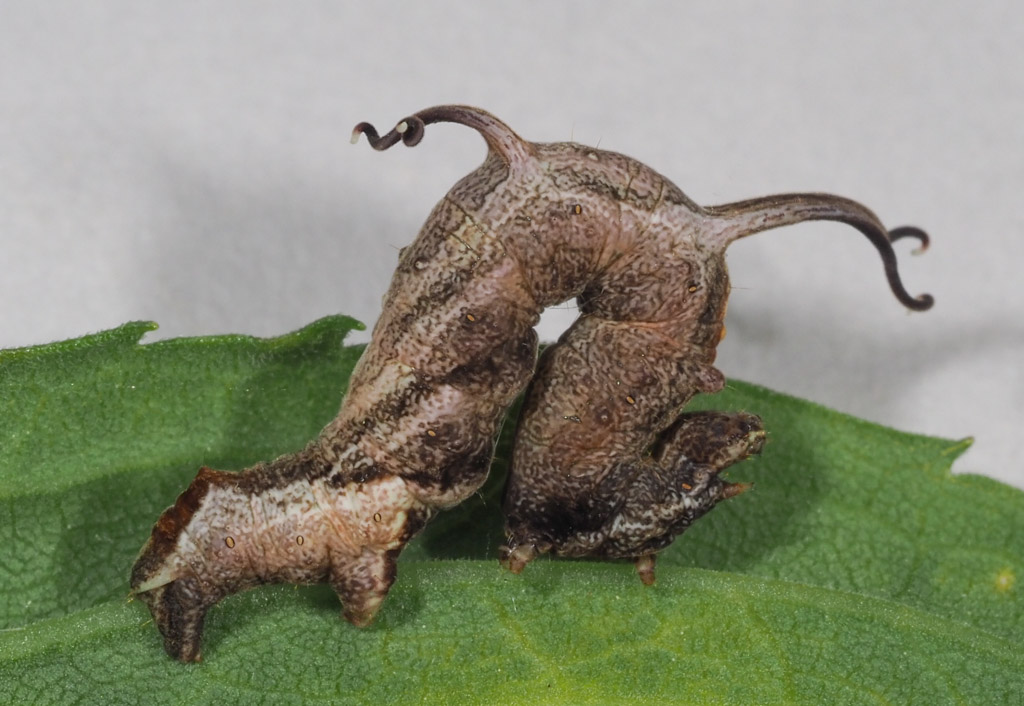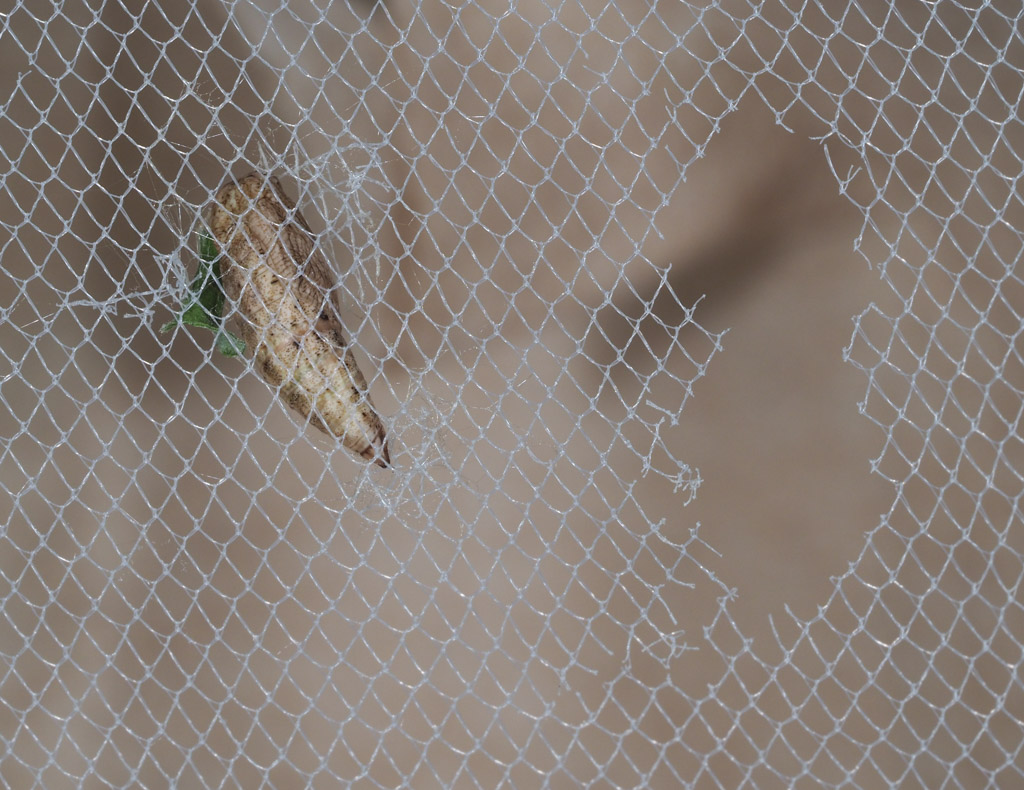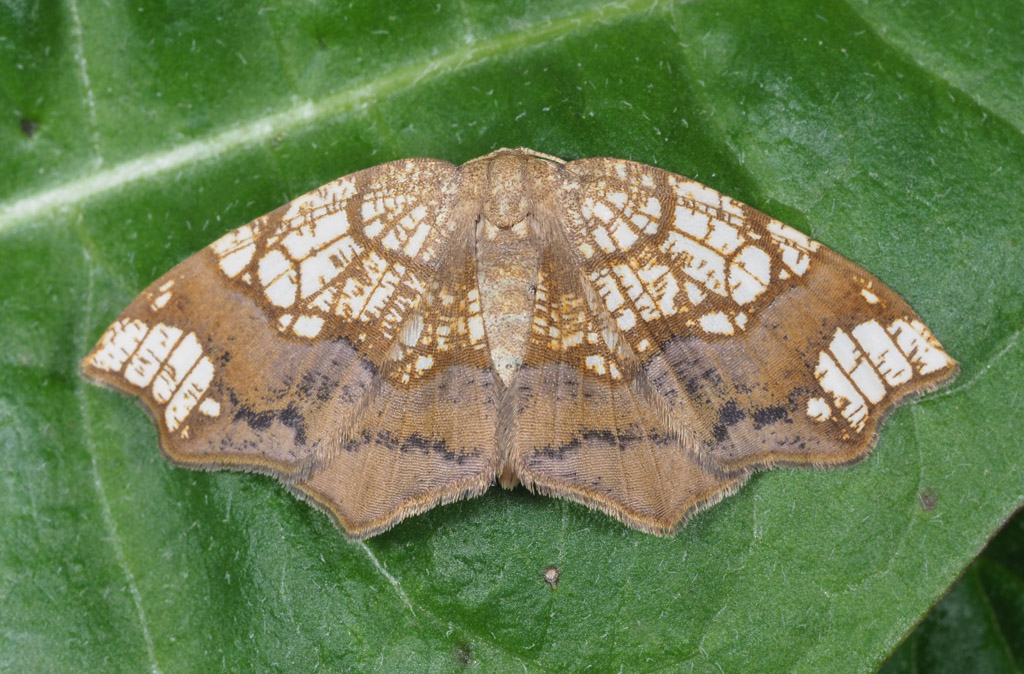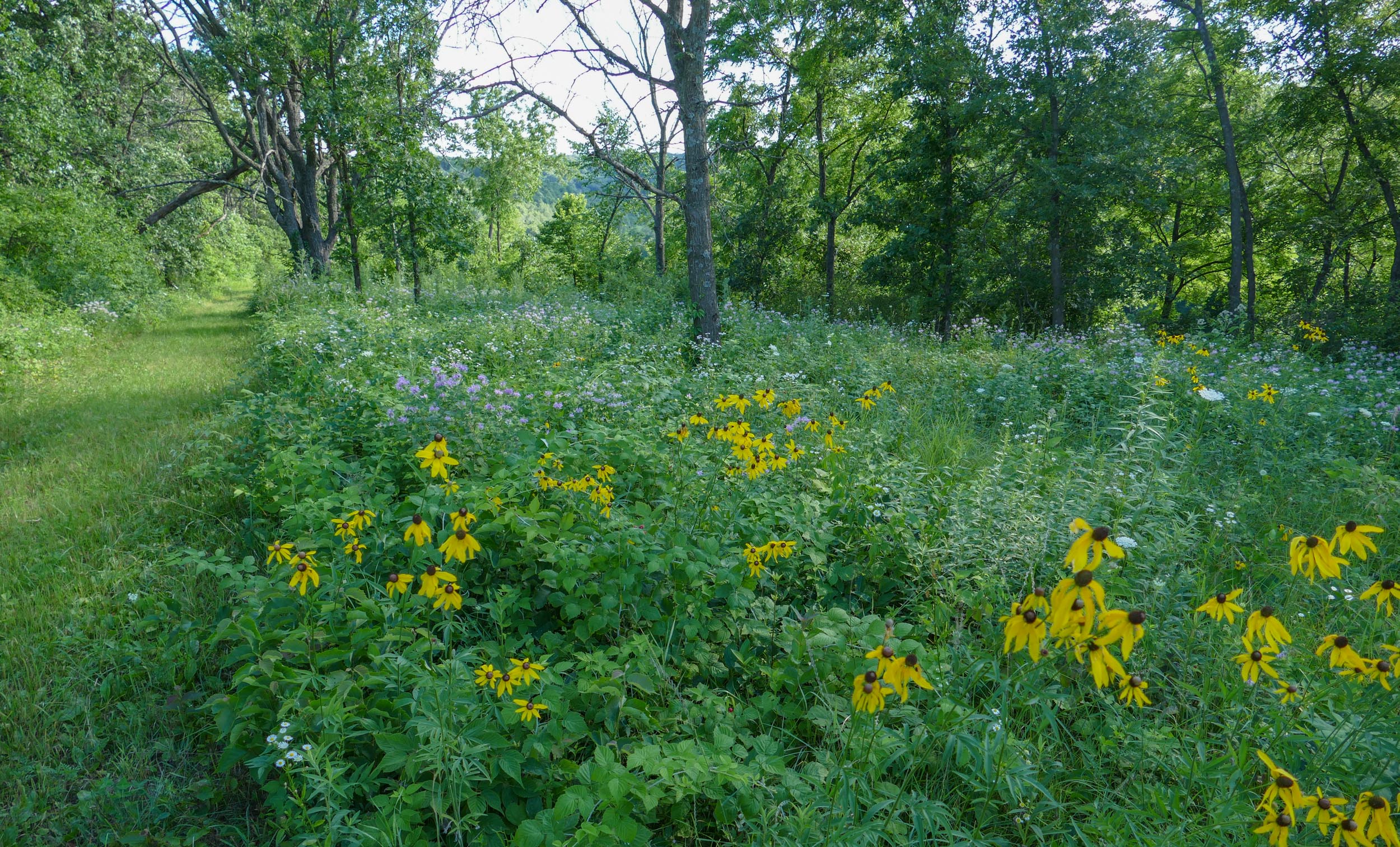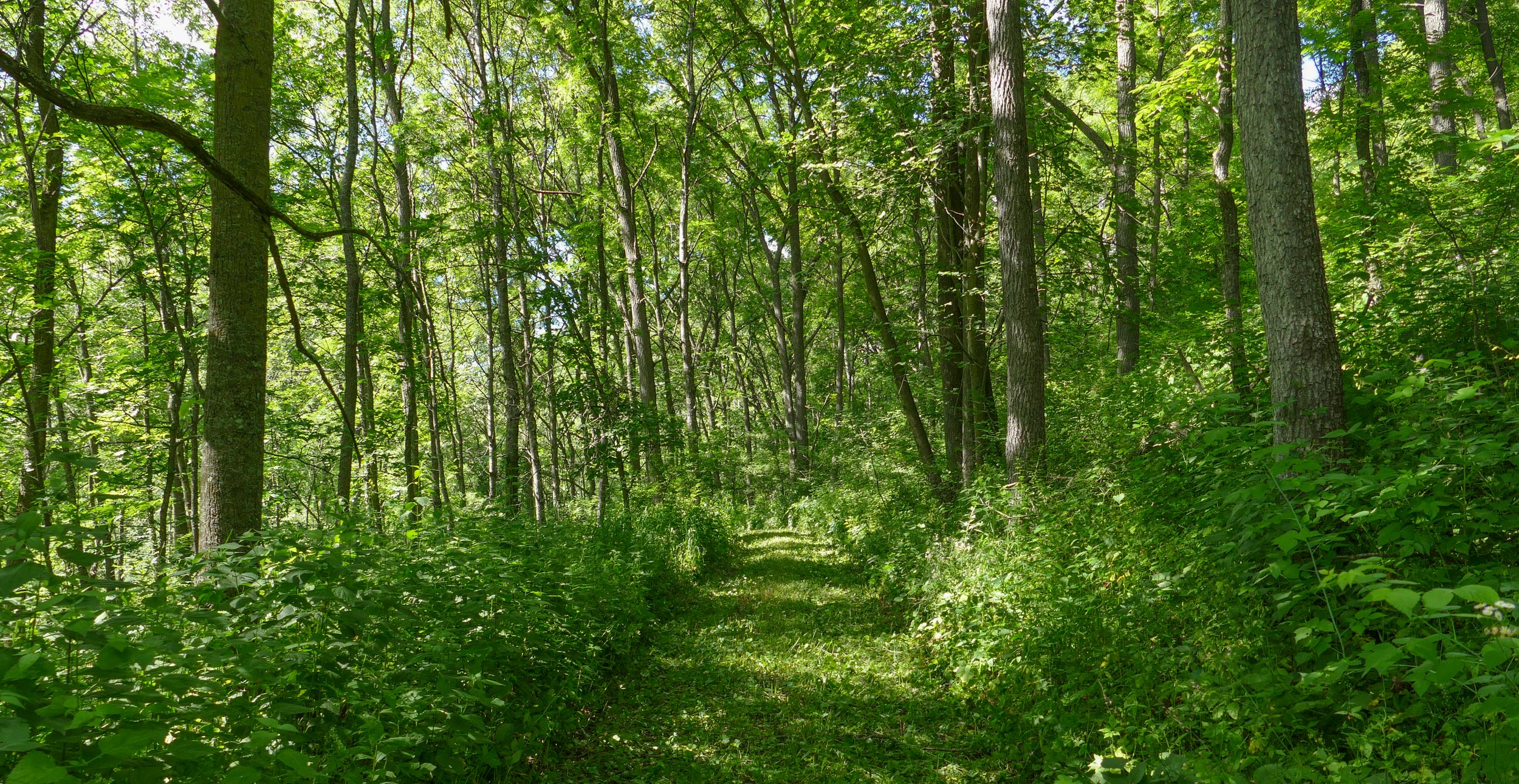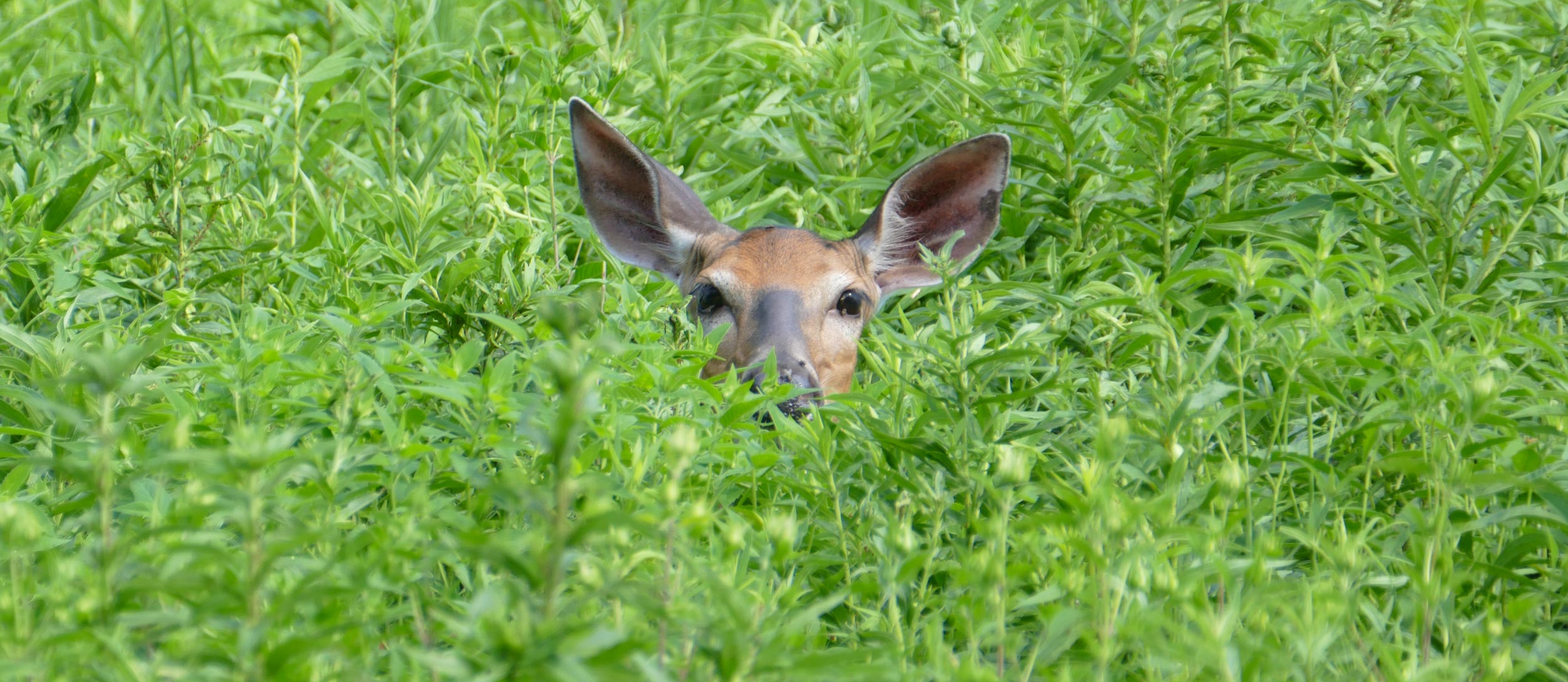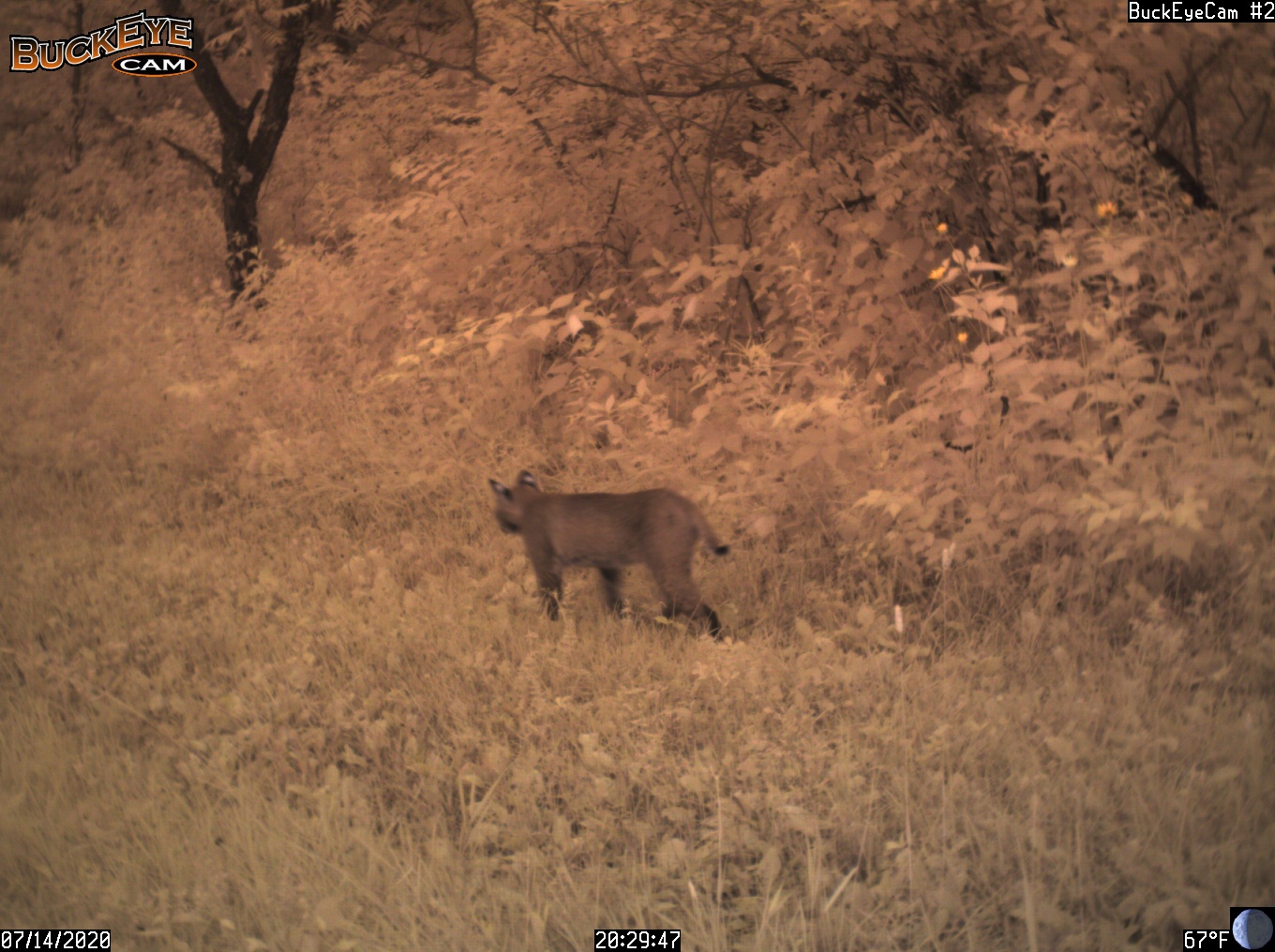It’s been a month of mostly sunny warm days so summer flowers are everywhere.
This is one of our planted prairies with Oxeye, Yellow Coneflower, Mountain Mint and Culver’s Root.
Butterflyweed with Great Spangled Fritillaries
Common Milkweed is often considered a weedy plant, but it has lovely little flowers that have a wonderfully strong sweet scent. They’re very attractive to bees and butterflies during the day, and moths at night. The flowers vary in color from pale pink,
to magenta. The caterpillars of Monarch butterflies and Milkweed Tussock Moths eat the leaves and flowers.
This is what most of our Common Milkweed plants look like this year – very tall and very prolific.
Close up of Flowering Spurge
Field Milkwort
Water-Hemlock and Common Milkweed in the wetland
Turk’s Cap Lily
Sweat bees collecting red pollen from Turk’s Cap Lily anthers
We have one plant of Pale Purple Coneflower. This species is native in southern Wisconsin but not this far north so I didn’t plant it. This plant probably came from seeds that came along with other seeds I purchased.
One of the Purple Fringed Orchid plants that I transplanted here last year has bloomed. I’ve enjoyed watching it transform from buds to flowers. Here the buds are not quite open.
A few open flowers
Full bloom
Fully open flowers
I’ve been spending a lot of time in the wetland recently – pulling out Wild Parsnip. It’s a bit cooler there, even on hot days, especially when I walk in and out of the creek and the streams. This is a small stream that carries water from a spring down to the creek.
Many of the small streams like this are full of Watercress – a non-native weedy species. But this one has a native species – Round-leaved Monkey-flower.
I discovered a new plant for our property – Common Arrowhead – growing in another of these small quiet streams.
Common Arrowhead flowers
Red Damselfly – also in the wetland
Eastern Amberwing
Another small stream winding its way down to the creek. The spring that feeds this one is under the thicket of Elderberry bushes.
Mated pair of Great Spangled Fritillaries
Female Black Dash – a small skipper butterfly that lives in our sedge meadow
Male Black Dash – probably
This is a tiny Robber Fly – about 1/3 inch long. It was sitting at the tip of a tall plant watching for prey to fly by.
Silvery Checkerspot caterpillars on an Oxeye leaf. They feed communally as young caterpillars, then separate and feed independently as they mature.
I found this odd caterpillar eating goldenrod leaves in mid-June. It’s called a Horned Spanworm. The two curled tentacles can be extended to twice their ‘resting’ length if the caterpillar becomes alarmed.
When it made its pupa, the caterpillar cut out a piece of the netting that was over the top of the jar to wrap around itself.
The adult emerged on July 1 – a female. (The background color of males is a dull yellow, rather than white.)
Another of the caterpillars I raised is this one that I found eating leadplant leaves on June 15.
It made a shelter by gluing two leaflets together with silk, and pupated inside.
The adult emerged on July 4 – Hystrichophora taleana – it doesn’t have a common name. It’s very small – only about 1/2 inch long.
This area was a thicket of brambles growing under Black Walnut trees. We’ve cleared many of the trees, and mowed the brambles every spring for about 10 years. Now, finally, prairie and savanna plants are beginning to come back – Yellow Coneflower, Field Thistle, Monarda, and Poke Milkweed.
The Knife Edge Prairie – our largest mesic prairie remnant – on July 1
Knife Edge Prairie – July 20
Cabin Road – one of our trails through the woods
Hidden Oaks Point – remnant bluff prairie
Buffalo Ridge Prairie – planted in the winter of 2004/2005
Doe in a field of Canada Goldenrod
A few photos from the trail cameras…
Mink
Bobcat
Deer on the driveway at sunset



